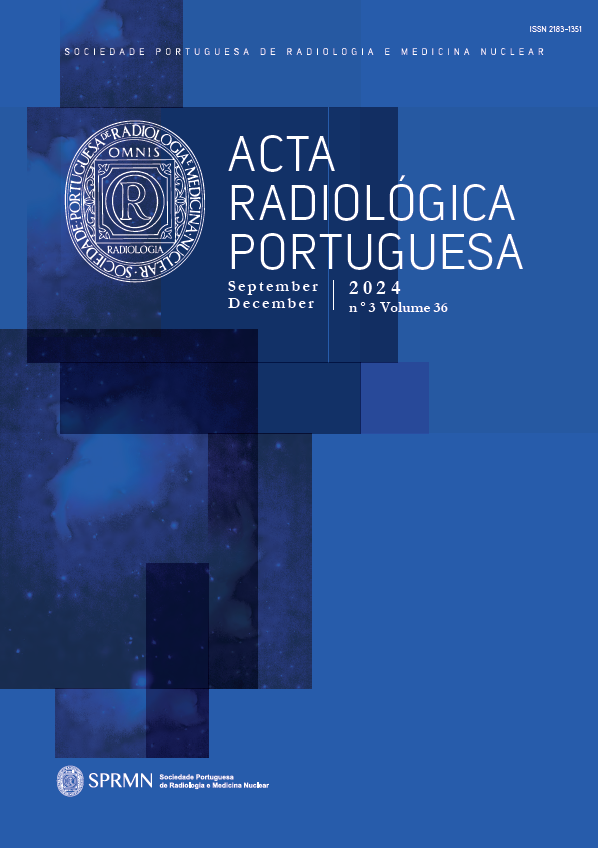Percutaneous Vertebral Biopsies – Case-Based Description of a Single Centre Experience
DOI:
https://doi.org/10.25748/arp.35343Resumen
Introduction: Percutaneous spine biopsy has widely replaced open surgical biopsy for the last 50 years. Non-invasive biopsy is more cost effective and has fewer complications than open procedures. We reviewed our single center experience in percutaneous spinal biopsies.
Methods: We retrospectively analyzed 240 percutaneous vertebral biopsies performed at our tertiary center, between January 2016 and December 2019. Collected variables included diagnostic imaging techniques, vertebral segment and location of biopsy, histopathological results, adjunct treatment and complications.
Results: A hundred and two (43%) of patients were female, with an average age of 68. Fluoroscopy was the most used imaging technique (99%, n=237). The majority of our procedures were performed on the lumbar spine, representing 47% (n=112) of the total biopsies, followed by the thoracic spine (42%, n=100). In 93% of biopsies (n=223) we attained sufficient samples for histological analysis. Out of the 240 biopsies, 18 (7,5%) had to be repeated, of which 14 (77,7%) had diagnostic yield. Histologically, 28% (n=67) of samples had no pathological changes and 27% (n=65) yielded the diagnosis of metastatic disease. We performed adjunct treatment with vertebroplasty in 19% of cases following biopsy, in order to stabilize pathological fractures and palliate pain. Only one patient had a clinically significant complication following the procedure.
Conclusion: Percutaneous transpedicular vertebral biopsy is an important tool in the evaluation of vertebral body lesions, and adjacent paravertebral tissues, and can be performed with minimal morbidity and high diagnostic yield as an outpatient procedure. In line with the literature, most of the biopsy samples in our study were adequate for histopathological analysis, and metastatic lesions were the most common finding.
Key words: Percutaneous vertebral biopsy; fluoroscopy; CT-guided; minimal morbidity; high diagnostic yield.
Descargas
Publicado
Número
Sección
Licencia
Derechos de autor 2025 João Pedro Gonçalves, Danila Kuroedov, Jaime Pamplona, Isabel Fragata, João Reis

Esta obra está bajo una licencia internacional Creative Commons Atribución-NoComercial 4.0.
CC BY-NC 4.0


